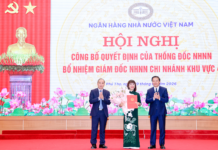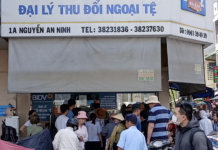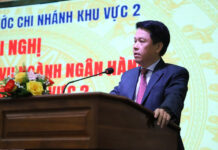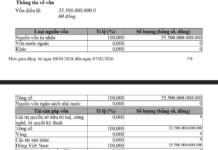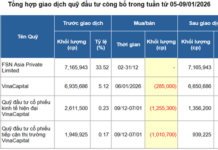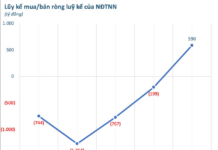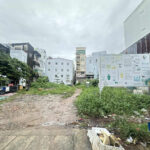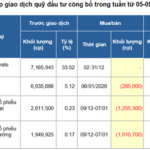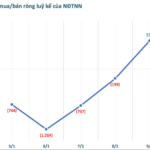The Ministry of Agriculture and Environment has recently issued a decision announcing new internal administrative procedures; amending and supplementing land management within the state’s regulatory scope.
Notably, this decision amends and supplements the procedural steps for drafting land price tables, to be announced and applied from January 1, 2026, and adjusts, amends, and supplements annual land price tables for announcement and application from January 1 of the following year at the provincial level. The authority to decide on land price tables has shifted from the Provincial People’s Committee (UBND) to the Provincial People’s Council (HĐND).
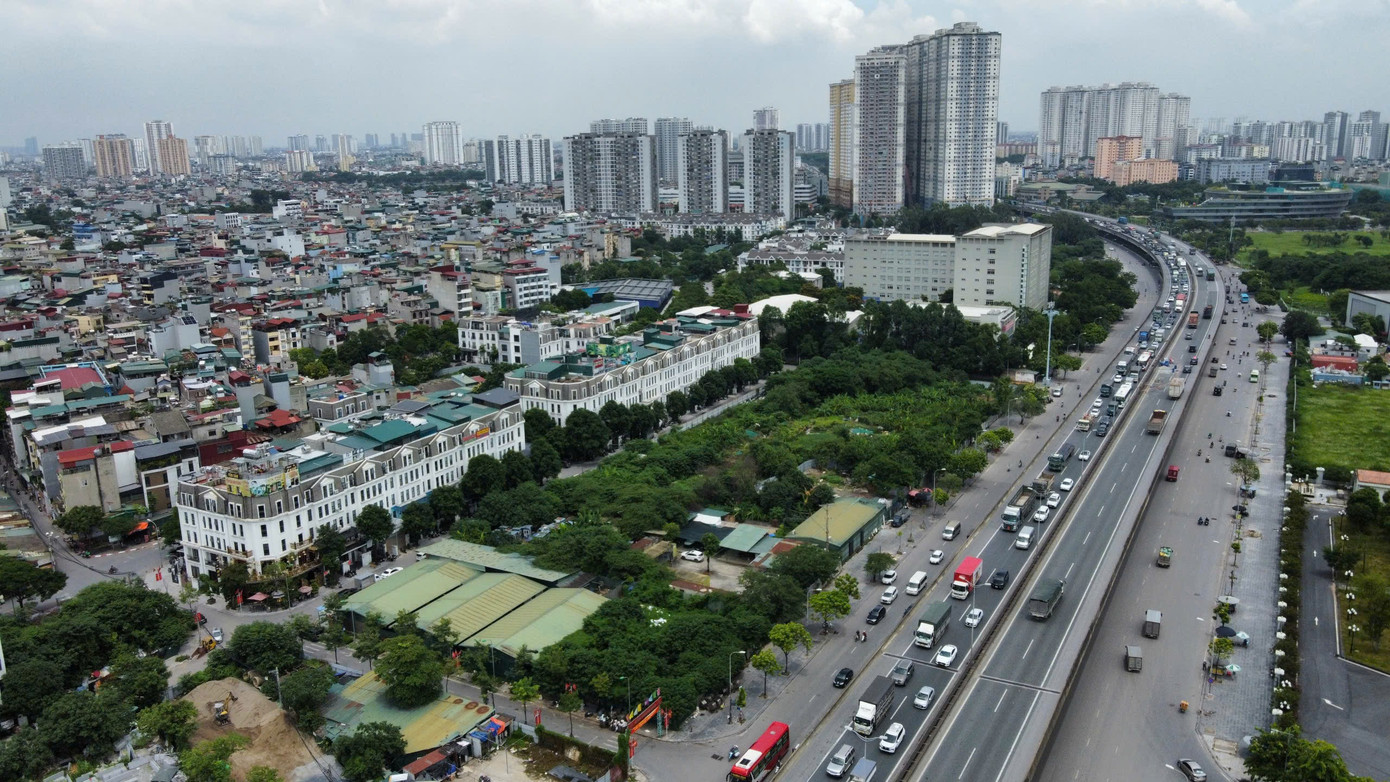
According to the new regulations, the authority to decide on land price tables has shifted from the Provincial People’s Committee (UBND) to the Provincial People’s Council (HĐND).
Specifically, the process of drafting provincial land price tables involves 16 steps:
Step 1: The land management agency prepares a project to draft the land price table, defining content, timeline, and budget.
Step 2: Prepare the appraisal dossier and submit it to the Department of Finance for review. The Department of Finance is responsible for appraising and sending the appraisal document for the land price table project to the land management agency.
Step 3: The land management agency incorporates the appraisal feedback and submits the land price table project dossier to the Provincial People’s Committee (UBND).
Step 4: The Provincial People’s Committee (UBND) directs relevant departments, localities, and management boards to implement the project.
Step 5: The provincial land management agency decides to commission or assign a qualified public service unit or select a land valuation consulting organization in accordance with procurement laws to draft the land price table.
Step 6: The Department of Finance submits the composition of the Land Price Appraisal Council, as stipulated in Article 161 of the Land Law, to the Chairman of the Provincial People’s Committee (UBND) for approval to appraise the draft land price table.
Step 7: The Department of Finance submits the establishment of the Council’s Support Team to the Chairman of the Appraisal Council for approval.
Step 8: Conduct land valuation to draft the land price table:
Survey, investigate, and collect information for drafting the land price table by area and location; draft the land price table down to each land plot based on value regions and standard plots.
Determine land types, areas, and locations in each commune or ward for drafting by area and location; identify land types, total plots, and plots per land type for drafting based on value regions and standard plots.
Compile and finalize survey results at the commune and provincial levels; analyze and evaluate the implementation of the current land price table for drafting by area and location.
Synthesize survey results; establish value regions; select standard plots and determine prices for these plots; create comparison tables for drafting based on value regions and standard plots.
Draft the land price table and the explanatory report.
Step 9: The land management agency:
Drafts the submission for issuing the land price table; publishes the draft for public comment on the provincial government’s website and the land management agency’s portal for 30 days; collects written feedback; incorporates feedback into the submission; directs the integration and explanation of comments to finalize the draft land price table and explanatory report.
Step 10: The land management agency submits the draft to the Land Price Appraisal Council.
Step 11: The Appraisal Council reviews the draft and sends the appraisal document to the land management agency.
Step 12: The land management agency incorporates feedback, submits the draft to the Provincial People’s Committee (UBND) for submission to the Provincial People’s Council (HĐND) for approval.
Step 13: The Provincial People’s Council (HĐND) approves the land price table.
Step 14: The land management agency publicly announces and updates the table in the National Land Database.
Step 15: Within 15 days of approval, the Provincial People’s Committee (UBND) submits the results to the Ministry of Agriculture and Environment.
Step 16: If necessary, the Provincial People’s Council (HĐND) may adjust, amend, or supplement the land price table during the year, applying the procedures outlined in Decree No. 151/2025/NĐ-CP.
Prime Minister Demands Answers on Persistent Rise in Condominium Prices
Amidst the escalating housing prices that increasingly outpace the affordability of the general population, the Prime Minister has demanded a comprehensive explanation for the persistent and unrelenting rise in condominium prices.
Letting the Market Reign: How Land Prices Drive Housing Costs and Vice Versa
According to the Chairman of the Vietnam Association of Construction Contractors, the 2024 Land Law stipulates that land prices are determined by market mechanisms. However, if the market is left to decide entirely, the state will struggle to control prices, leading to an endless cycle where “land prices chase housing prices, and housing prices rise with land prices.”
Unveiling Accountability: Inspectors Expose Decades-Long Neglect and Encroachment of Prime Land in Ca Mau
Numerous public land plots in Ca Mau, after being reclaimed, have lain abandoned for years without being auctioned or utilized, and many have been encroached upon. The Ca Mau Provincial Inspectorate has identified the responsibility for this issue lies with the leadership of the Provincial Land Fund Development Center, due to their failure to conduct regular inspections and monitoring, leading to these oversights.
Land Management Agency Proposes Solutions to Streamline Land Procedures for Confused Property Owners
After nearly a month of deploying 34 officials to support local land management, significant challenges have emerged. The latest report reveals that many communes and wards are still struggling with administrative procedures, incompatible software, and staffing shortages. Mr. Đào Trung Chính, Director of the Land Management Department, has proposed a series of recommendations to address these bottlenecks.






